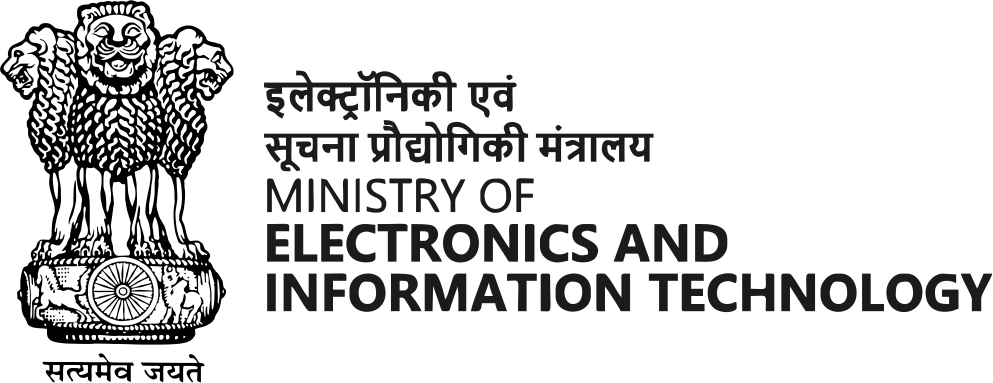Possible cyber security threats for MSME
MSMEs face various cybersecurity threats that can compromise their data, disrupt operations, and lead to financial losses. Some major cybersecurity threats include
Possible cyber security threats for MSME
- Phishing Attacks: Fraudulent emails or messages that trick employees into revealing sensitive information, such as login credentials or financial details.
- Malware and Ransomware: Malicious software that infects devices, often leading to data theft, system damage, or ransom demands to restore access to encrypted data.
- Data Breaches: Unauthorized access to sensitive business, customer, or employee data, often resulting from weak security practices or vulnerabilities in software.
- Insider Threats: Security risks posed by current or former employees, contractors, or business partners who misuse their access to data or systems for malicious purposes.
- Password Attacks: Techniques such as brute force, credential stuffing, or keylogging to crack or steal passwords, allowing attackers to access secure systems.
- Social Engineering: Manipulating employees into divulging confidential information or performing actions that compromise security, often through deceptive interactions.
- Denial of Service (DoS) Attacks: Overloading systems with excessive traffic to disrupt normal business operations, often rendering websites or services unavailable.
- SQL Injection: Exploiting vulnerabilities in web applications to insert malicious SQL code, allowing attackers to access or manipulate databases.
- Man-in-the-Middle (MitM) Attacks: Intercepting and altering communications between two parties, potentially stealing sensitive information or injecting malicious content.
- Unpatched Software and Systems: Exploiting known vulnerabilities in outdated or unpatched software to gain unauthorized access or cause disruptions.
- Mobile Device Threats: Targeting smartphones and tablets used by employees for business purposes, which may have weaker security controls.
- IoT Vulnerabilities: Exploiting insecure Internet of Things (IoT) devices connected to business networks, potentially leading to unauthorized access or control.
Addressing these threats requires a comprehensive cybersecurity strategy, including employee training, regular software updates, strong access controls, and the implementation of robust security technologies.



